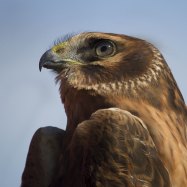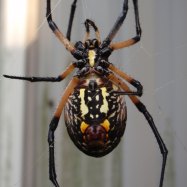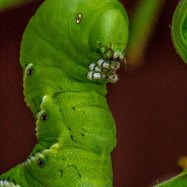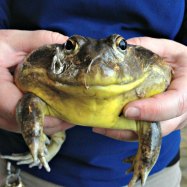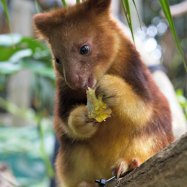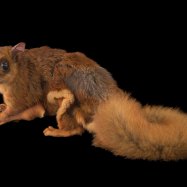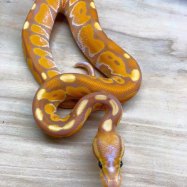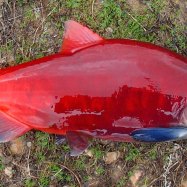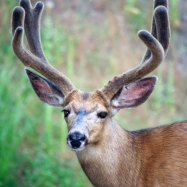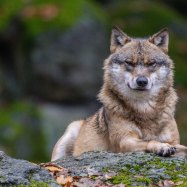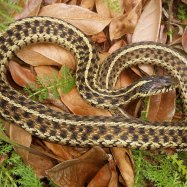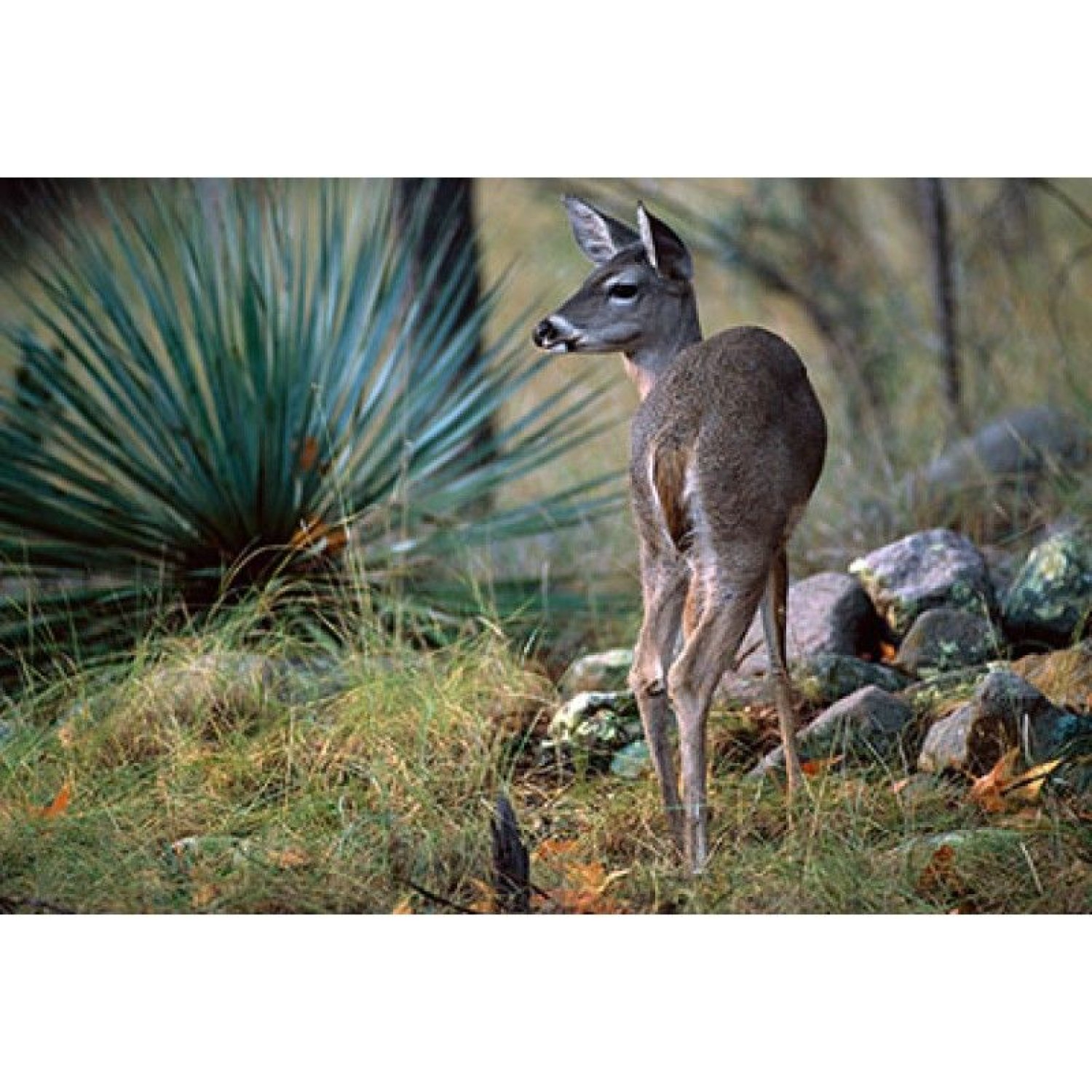
Coues Deer
4-5.5 feet
The Coues Deer, also known as the Grey Ghost of the Southwest, is a small and slender species of deer found in Arizona, New Mexico, Texas, and other Southwestern areas of the US and Northern Mexico. With a length of 4-5.5 feet and belonging to the family Cervidae, these agile creatures are highly elusive and blend into their surroundings, making them a favorite for hunters and wildlife enthusiasts alike.
Animal Details Summary:
Common Name: Coues Deer
Kingdom: Animalia
Habitat: Mountainous landscapes, forests
The Fascinating World of Coues Deer: A Marvel of Nature
If you live in the southwestern part of the United States, particularly in Arizona, New Mexico, or Texas, you may have heard of a unique species of deer called the Coues Deer. These magnificent animals are also found in the mountainous regions of Northern Mexico. Known for their agility and slender body shape, the Coues Deer is a wonder of nature that never fails to captivate onlookers.But who exactly are these magnificent creatures? Let's take a closer look at their scientific, ecological, and behavioral features that make them stand out in the animal kingdom Coues Deer.
The Scientific Name and Taxonomy of Coues Deer
The Coues Deer, scientifically known as Odocoileus virginianus couesi, belongs to the kingdom Animalia, phylum Chordata, and class Mammalia. They are part of the order Artiodactyla, which includes hoofed mammals such as deer, camels, and even whales.Within the order Artiodactyla, Coues Deer belongs to the family Cervidae, making them relatives of other well-known deer species such as mule deer and white-tailed deer. Despite their similar appearance, Coues Deer has distinct characteristics that set them apart from other deer species.
Appearance and Physical Features
Coues Deer are known for their slender body shape and graceful movements. They have a distinctive grayish-brown coat with white underparts, giving them excellent camouflage in their natural habitat. The coloration of their coat also changes with the seasons, with a darker shade in the winter and a lighter color in the summer.On average, Coues Deer can reach a length of 4 to 5.5 feet, with a height of around 2 Corman Shepherd.5 feet at the shoulder. They have large ears that can swivel to detect sounds, helping them avoid predators. Coues Deer also have a white patch on the underside of their tail, which they use to warn other deer of potential danger.
One of the most fascinating features of this species is their antlers. Coues Deer have small, forked antlers that are typically only 12-14 inches in length. These antlers are shed and regrown annually, and mature male deer tend to have larger and more complex antlers.
Habitat and Geographical Distribution
As mentioned earlier, Coues Deer can be found in the southwestern part of the United States, particularly in Arizona, New Mexico, and Texas. They are also prevalent in the mountainous regions of Northern Mexico. These deer prefer habitats with an elevation of 4,000 to 10,000 feet, where there is an abundance of food and cover.Coues Deer are primarily found in forests and mountainous landscapes. They prefer areas with dense vegetation such as woodlands, canyons, and ridges, providing them with cover and protection from predators. Their natural habitat helps them camouflage and blend in with their surroundings, making them less vulnerable to predators.
Diet and Feeding Habits
Coues Deer are herbivorous animals that primarily feed on a variety of vegetation such as grasses, leaves, shrubs, and fruits. They need to consume 3-5 pounds of food daily to maintain their energy levels and survive in their natural habitat.Their diet may vary depending on the season and availability of food. During the rainy season, they tend to eat more grasses and forbs, while during the dry season, they focus on eating fruits and shrubs. Despite being active primarily at night, they also feed during the day, especially in areas with less human disturbance.
Behavior and Social Interactions
Coues Deer are primarily solitary animals, with adult males having their own territories that they fiercely defend. They are most active at dawn and dusk, making these the best times to spot them in the wild.During the breeding season, which typically falls between December to February, male deer become more vocal and engage in physical displays to attract females. Once a successful mating occurs, females will give birth to one fawn, and the mother will remain with her offspring for up to a year.
Unlike other species of deer, Coues Deer are not migratory, and they tend to stay in their home range throughout their lifetime. However, when resources become scarce, they may move to other areas in search of food.
Conservation Status and Threats
According to the International Union for Conservation of Nature (IUCN), Coues Deer is listed as a species of least concern, with a stable population. However, they do face some threats, including habitat loss due to urbanization and agriculture, as well as hunting and predation.In the past, Coues Deer were hunted heavily, leading to a decline in their population. Nowadays, hunting regulations have been put in place to protect this species. These regulations, coupled with conservation efforts, have helped maintain a healthy population of Coues Deer in their natural habitat.
In Conclusion
The Coues Deer may not be as well known as other deer species, but they are undoubtedly a marvel of nature. From their scientific name to their physical features and behavior, they have unique characteristics that make them stand out in the animal kingdom. Their ability to adapt to their mountainous habitats and camouflage themselves is truly remarkable.If you ever get the chance to witness these magnificent creatures in the wild, take a moment to appreciate their beauty and grace. And as you watch them roam through their natural habitat, remember that we must do our part in protecting these animals to ensure that they continue to thrive for future generations to come.

Coues Deer
Animal Details Coues Deer - Scientific Name: Odocoileus virginianus couesi
- Category: Animals C
- Scientific Name: Odocoileus virginianus couesi
- Common Name: Coues Deer
- Kingdom: Animalia
- Phylum: Chordata
- Class: Mammalia
- Order: Artiodactyla
- Family: Cervidae
- Habitat: Mountainous landscapes, forests
- Feeding Method: Herbivorous
- Geographical Distribution: Southwestern United States, Mexico
- Country of Origin: United States, Mexico
- Location: Arizona, New Mexico, Texas, Southwestern areas of US, Northern Mexico
- Animal Coloration: Grayish-brown
- Body Shape: Slender and agile
- Length: 4-5.5 feet
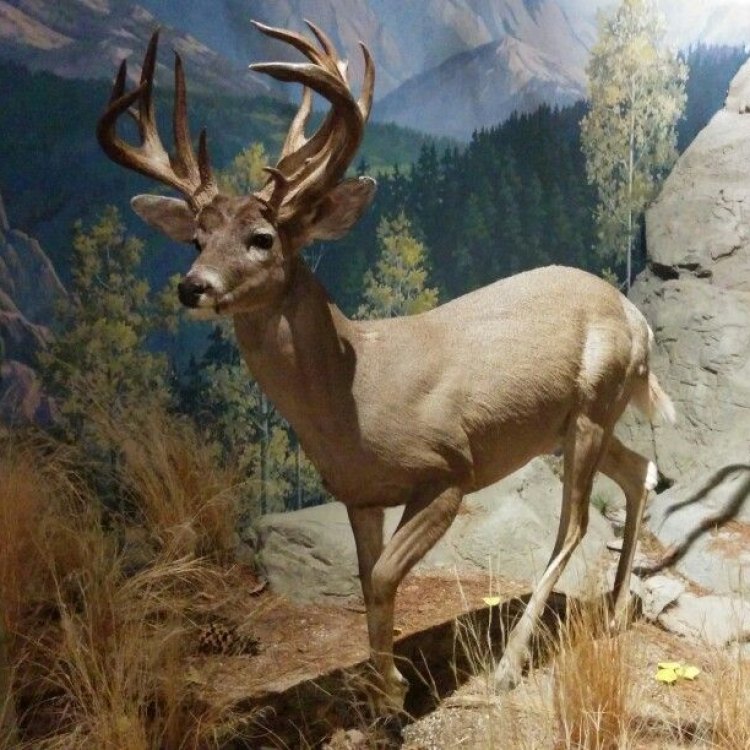
Coues Deer
- Adult Size: 2.5-3 feet
- Average Lifespan: 10-15 years
- Reproduction: Sexual
- Reproductive Behavior: Mating season in November and December
- Sound or Call: Mating calls, alarm calls
- Migration Pattern: Seasonal migration
- Social Groups: Solitary or small groups
- Behavior: Shy and elusive
- Threats: Habitat loss, hunting
- Conservation Status: Least Concern
- Impact on Ecosystem: Important for seed dispersal and vegetation control
- Human Use: Hunting, ecotourism
- Distinctive Features: White tail and rump patch, large ears
- Interesting Facts: Named after Elliott Coues, an American naturalist
- Predator: Mountain lions, coyotes, wolves
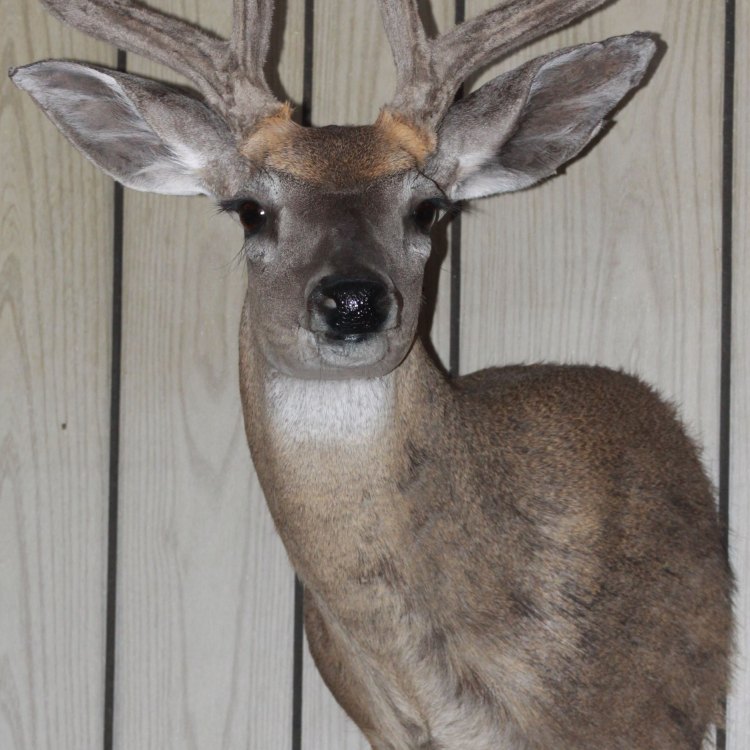
Odocoileus virginianus couesi
The Marvelous World of Coues Deer: The Shy and Elusive Species
The world is full of magnificent creatures, each with unique features and behaviors. One such creature is the Coues deer, also known as the Virginia white-tailed deer. These small deer may not be as well-known as their larger cousins, but they have a magic of their own that has captivated nature enthusiasts and outdoor enthusiasts alike.Found in the southwestern United States and northern Mexico, the Coues deer is a beautiful and elusive animal that has fascinated scientists and hunters for centuries PeaceOfAnimals.Com. In this article, we will dive into the world of Coues deer, exploring their size, lifespan, reproduction, behavior, threats, conservation status, and more. So, let's begin our journey into the marvelous world of Coues deer.
The Size and Lifespan of Coues Deer
The Coues deer, scientifically known as Odocoileus virginianus couesi, is a small-sized deer, measuring only 2.5-3 feet at its shoulder. It is the smallest subspecies of white-tailed deer, with males (bucks) weighing around 90-110 pounds and females (does) weighing around 70-90 pounds. Despite their small size, Coues deer are strong and agile animals, making them difficult to hunt.These magnificent creatures have an average lifespan of 10-15 years in the wild. However, in captivity, they can live up to 20 years. The lifespan of Coues deer is heavily influenced by factors such as habitat, food availability, and predation Cantil. With proper environmental conditions and protection, Coues deer can live a long and healthy life, contributing to the balance of their ecosystem.
Reproduction and Mating Behavior
Like other deer species, Coues deer reproduce sexually. The breeding season, also known as the rut, starts in November and lasts until December. During this time, male Coues deer are highly active, searching for receptive females to mate with. They use their antlers and urine to mark their territory and attract females.Once the mating ritual is complete, the female will give birth to a single fawn in late May or early June. The fawn is born with spotted fur, which acts as a camouflage against predators. The mother will keep the fawn hidden and only visit to nurse it a few times a day. After six months, the fawn will leave its mother and venture out on its own.
The Role of Sound and Calls
Coues deer are relatively quiet animals, with communication mainly occurring through body language and scent marking. However, during the rutting season, male Coues deer produce a series of grunts and snorts to communicate with potential mates and assert their dominance to other males. These mating calls can be heard echoing through the forests during the breeding season, making it an exciting and unique experience for those lucky enough to witness it.Aside from mating calls, Coues deer also use an alarm call when sensing danger. This call is a loud, sharp snort, alerting other deer in the area to potential danger. This behavior helps them survive in their natural habitat, where predators are always lurking.
Seasonal Migration and Social Groups
Coues deer are known for their seasonal migration patterns. In the winter, they move to lower elevations, seeking shelter from harsh weather conditions. During the warmer months, they migrate to higher elevations, where food is more abundant.These deer are mostly solitary creatures, but they may be found in small groups of 2-5 individuals during the rutting season. However, these groups are not permanent, and individuals will often disperse after the breeding season.
The Behavior of Coues Deer
The Coues deer's behavior is heavily influenced by their shy and elusive nature. They are primarily nocturnal animals, meaning they are most active at night. They are also highly adaptable, with the ability to survive in different types of habitats, including desert scrub, mountain forests, and pine-oak woodlands.Their elusive nature makes them challenging to observe in the wild, and they will often run away from any potential danger. This behavior has also made them excellent at avoiding human interactions, making it difficult for researchers to study them in their natural habitat.
Threats to Coues Deer and Their Conservation Status
Unfortunately, Coues deer face several threats in their natural habitat. One of the biggest threats is habitat loss due to human development, including agriculture and urbanization. This destruction of their habitat not only reduces the deer's food and shelter but also exposes them to more human interactions, leading to increased hunting and poaching.Speaking of hunting, Coues deer are also a popular game species, making them a target for hunters. While hunting can be a sustainable activity, it can also become damaging when done irresponsibly and without regulation. To combat this, many states have established hunting regulations and seasons to ensure the deer population remains healthy and sustainable.
Despite these threats, the IUCN (International Union for Conservation of Nature) lists the Coues deer as Least Concern on their Red List of Threatened Species. This designation means that while their populations are declining in some areas, they are still widespread and abundant overall, and their population is relatively stable.
The Impact of Coues Deer on Their Ecosystem
Every species plays a vital role in maintaining the balance of their ecosystem, and Coues deer are no exception. These beautiful creatures have a significant impact on their habitat and contribute to the overall health and diversity of their ecosystem.As herbivores, Coues deer help control vegetation growth by feeding on shrubs, grasses, and other plants. This consumption of vegetation helps prevent overgrowth, which can lead to wildfires and other ecological imbalances. Additionally, their droppings act as natural fertilizers for the plants, helping them grow and propagate.
They also play an essential role in seed dispersal. As they move around their habitat, Coues deer spread seeds, helping plants reproduce and maintain biodiversity. Without their contribution, the ecosystem would suffer, affecting other animals and plants in the food chain.
Human Use of Coues Deer
Aside from being a popular game species, Coues deer also have other uses for humans. In some areas, these deer are used for ecotourism, where people can observe them in their natural habitat. This form of tourism can generate revenue for local communities and promote the conservation of these magnificent creatures.Additionally, the hides of Coues deer are used to make leather products, and their antlers are used to make decorations and ornaments. While these practices are not as prevalent as hunting, they still contribute to the economic value of these animals.
Distinctive Features of Coues Deer
While Coues deer may not be as famous as other deer species, they have some unique features that make them stand out in the animal kingdom. One of the most distinctive features is their white tail and rump patch, which is more prominent in females. This feature is also what gives them their nickname, the "white-tailed deer."Coues deer also have large, sensitive ears, allowing them to hear and detect predators easily. Their sharp senses and agility make them highly adapted to survive in their natural habitat.
Interesting Facts about Coues Deer
Here are some interesting facts about Coues deer that will make you appreciate these animals even more:- They are named after Elliott Coues, an American naturalist who first described them in the late 1800s.
- Coues deer are also known as "gray ghosts" due to their elusive nature and grayish-brown color.
- The Coues deer's scientific name, Odocoileus virginianus couesi, comes from the Latin words "odonto" meaning tooth, "coeli" meaning cavity, and "couesi" honoring Elliott Coues.
- They are excellent swimmers and can even swim long distances to escape predators.
- Coues deer have unique physical adaptations that allow them to survive in harsh environments, including hollow winter hairs, which trap warm air close to their bodies, and large nasal passages that allow them to breathe better in high altitudes.
Predators of Coues Deer
Like any other animal, Coues deer also have natural predators. Some of the most common predators of these deer include mountain lions, coyotes, and wolves. These predators mainly target fawns and weak or injured adults, making it crucial for Coues deer to stay alert and rely on their speed and agility to avoid danger.In Conclusion
From their small size to their unique features and shy behavior, Coues deer are truly fascinating creatures. They play an essential role in their ecosystem, and their conservation should always be a top priority. As we continue to strive for a balance between nature and human development, it is essential to remember the importance of these precious animals and do our part in preserving their habitat and protecting them for future generations to come. So, let us appreciate the marvelous world of Coues deer and all the wonders it has to offer.
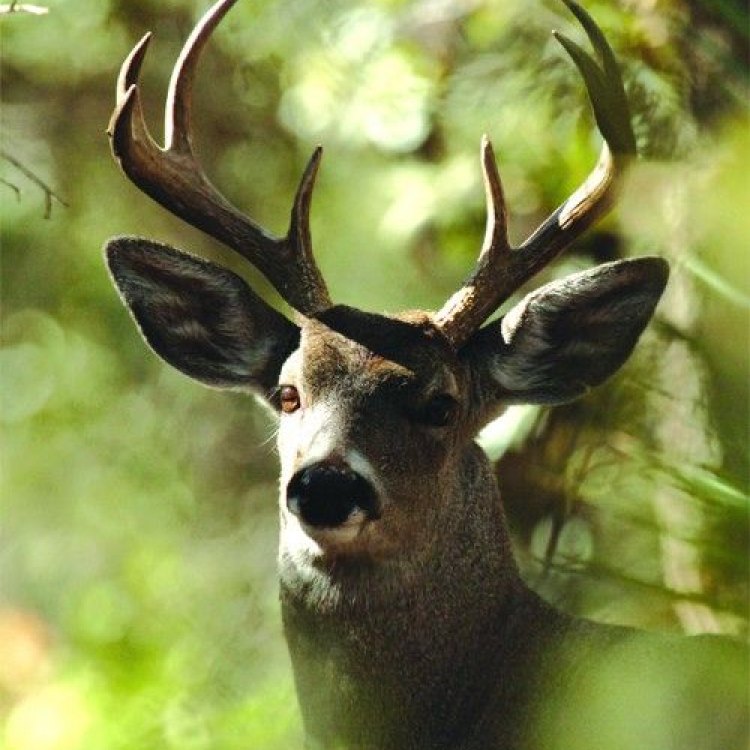
The Fascinating World of Coues Deer: A Marvel of Nature
Disclaimer: The content provided is for informational purposes only. We cannot guarantee the accuracy of the information on this page 100%. All information provided here may change without prior notice.

